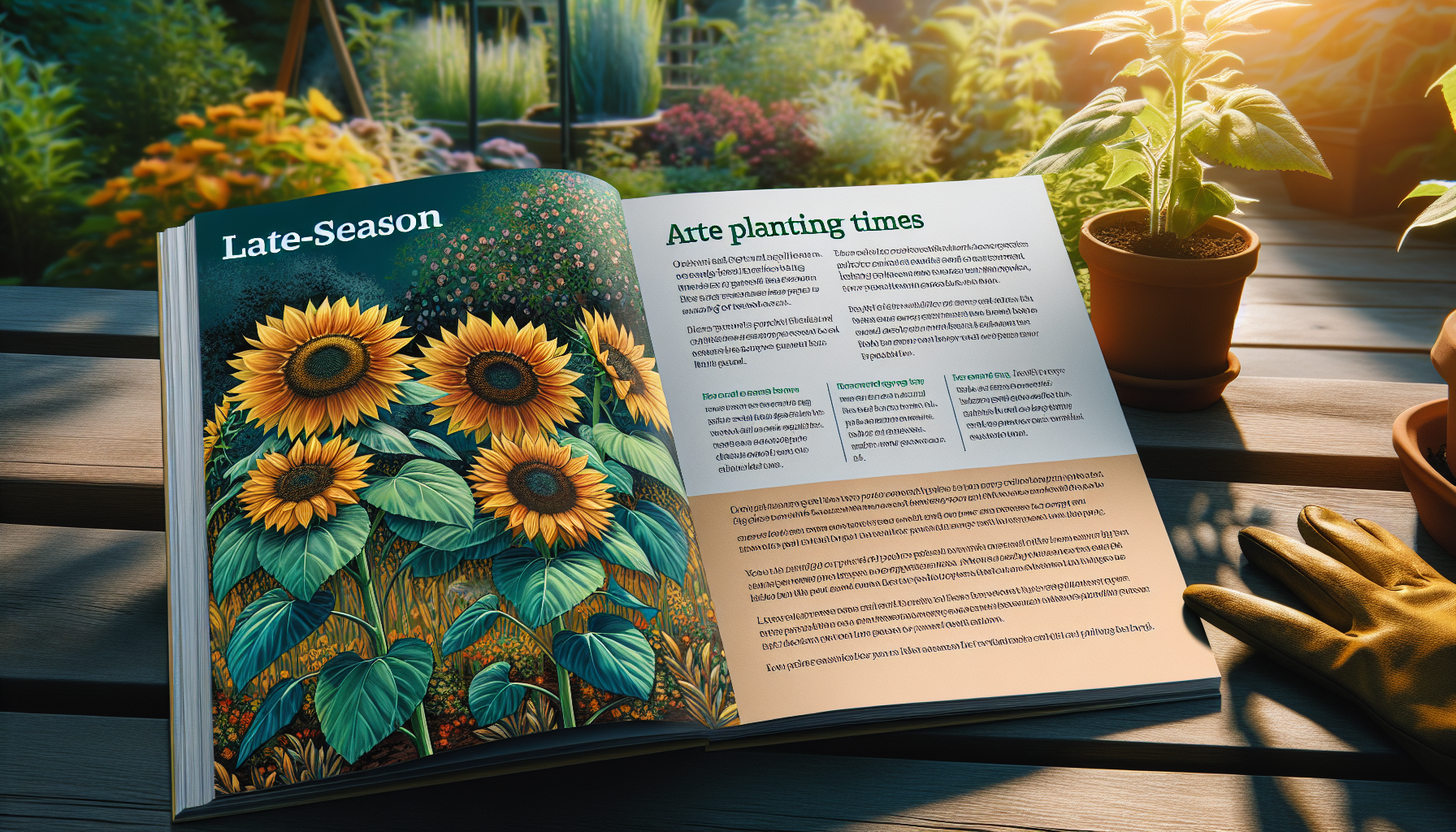
how late can you plant sunflowers
How Late Can You Plant Sunflowers?
Sunflowers are a favorite among gardeners for their bold, sunny blooms and ability to brighten up any garden. But if you've missed the early planting season, you might be wondering: how late can you plant sunflowers and still enjoy their beauty? In this guide, we’ll explore the ideal planting times and offer tips for a late-season sunflower garden.
Understanding the Sunflower Growing Season
Sunflowers (Helianthus annuus) are known for their fast-growing nature, making them an excellent choice for gardeners looking to see results quickly. Most sunflower varieties take about 70-100 days to fully mature from seed to bloom, depending on the type you choose.
Sunflowers thrive in warm weather and require ample sunlight (at least 6-8 hours a day). They are typically planted in the spring after the last frost, but with proper planning, you can extend their growing season into the summer months.
How Late Can You Plant Sunflowers?
The latest you can plant sunflowers depends on your local growing zone and the first frost date. To determine your planting window, follow these steps:
- Find out the average first frost date for your area. You can use tools like the Frost Date Lookup from the National Gardening Association.
- Check the maturity time for the sunflower variety you want to plant. For example, some dwarf varieties mature in as little as 60 days, while larger ones may take up to 100 days.
- Count backward from your first frost date to determine the latest possible planting date. For example, if your first frost is expected on October 15 and your sunflower variety takes 75 days to mature, you should plant by early August.
In most regions, you can plant sunflowers as late as mid-summer, provided you select a fast-growing variety and have at least 60-75 frost-free days left in the season.
Tips for Late-Season Sunflower Planting
If you’re planting sunflowers later in the season, here are some tips to ensure success:
- Choose fast-growing varieties: Opt for dwarf or early-maturing sunflower varieties like Burpee’s Early Sunflowers or Sunspot.
- Prepare the soil: Sunflowers thrive in well-draining soil rich in organic matter. Add compost or fertilizer to give your plants a boost.
- Water consistently: Sunflowers need regular watering, especially during the germination and early growth stages. Avoid overwatering, as it can lead to root rot.
- Watch for pests: Keep an eye out for pests like aphids and caterpillars, which can damage young plants.
Enjoying Your Late-Season Sunflowers
Even if you're planting later in the season, sunflowers can still bring plenty of joy to your garden. Their fast-growing nature and cheerful appearance make them a rewarding choice for gardeners of all skill levels. Plus, they provide food for pollinators and birds, adding even more life to your outdoor space.
If you're short on time, consider planting sunflowers in containers or as a border crop. This way, you can enjoy their beauty even in a small garden or patio setting.
Conclusion
While spring is the traditional time to plant sunflowers, you can still plant them later in the season as long as you calculate the growing time and frost dates carefully. By choosing the right variety and providing optimal care, you can enjoy the vibrant blooms of sunflowers well into the fall.
Have you tried planting sunflowers late in the season? Share your experience in the comments below!